Discover where to find Japan’s famous bamboo forest (hint: it’s in Kyoto) and other stunning bamboo groves across Japan.

Type “Japan bamboo forest” into Google and you’ll see the same image everywhere: tall green stalks, a path so neat it looks swept between photos, and tourists standing in the exact same spot. The real forest, which is located on the outskirts of Kyoto, isn’t as endless as it looks online but it’s still worth the early alarm. It’s one of those places that doesn’t disappoint, just surprises you by being smaller, a bit louder, yet somehow still incredibly beautiful.
And while this is the famous one, it isn’t Japan’s only bamboo forest. There are others scattered across the country, less photographed but just as enchanting – if you know where to look.
Where Is the Famous Japan Bamboo Forest?
The Japan bamboo forest everyone knows is in Arashiyama, a district on the western edge of Kyoto where the city starts to thin into hills. You reach it just after crossing the Katsura River, a place where locals come to row boats and feed carp before the tour buses arrive. The bamboo grove runs behind Tenryu-ji, a Zen temple founded in the 1300s, and follows a narrow path that leads toward Okochi Sanso, the former villa of a silent-film actor with excellent taste in views.
What makes this spot so famous is how accessible it is: you can step off a train from downtown Kyoto and be surrounded by bamboo ten minutes later. There are no entrance tickets, no gates, no signage. It’s public land, which means the experience changes constantly: quiet before sunrise, a blur of cameras by nine, calm again when everyone leaves after sunset.
Arashiyama Bamboo Forest Map
How to Visit the Arashiyama Bamboo Forest
Getting There
From Kyoto Station, take the JR Sagano Line (also called the Sanin Main Line) toward Saga-Arashiyama; the ride takes about 15 minutes, and the grove begins a short walk from the station. The smaller Keifuku Randen Line also stops in Arashiyama if you’re coming from the north side of the city, and it’s a slower but more scenic ride. There’s no entrance gate or official start point, you’ll simply follow google maps or the flow of visitors past souvenir shops.
If you’re visiting from Osaka, the JR Rapid Service to Kyoto connects easily to the Sagano Line, and it’s about an hour in total. For those already exploring western Kyoto, walking from Tenryu-ji Temple or cycling along the Katsura River brings you directly into the forest’s south entrance.
Hours, Entrance Fee, and Timing
The grove is open 24 hours a day, free of charge. It’s technically part of a public park, so there are no restrictions beyond basic etiquette. The difference between a good visit and a chaotic one is the hour you go. Before 7:30 a.m., you’ll share the path with a few photographers and locals heading to work; by mid-morning, the crowd fills the walkway shoulder to shoulder. Late afternoon is usually calmer again, with golden light filtering through the stalks.
If you can, go on a weekday and avoid national holidays. Arashiyama draws both domestic and international travelers, and weekends can feel like an organized procession.
Most people walk the entire path in 10 to 15 minutes, but it’s worth slowing down. Step inside Tenryu-ji Temple’s gardens (entry about ¥500) for one of the best elevated views of the bamboo. The combination adds half an hour to your visit and gives you a sense of how the bamboo blends into temple life here.
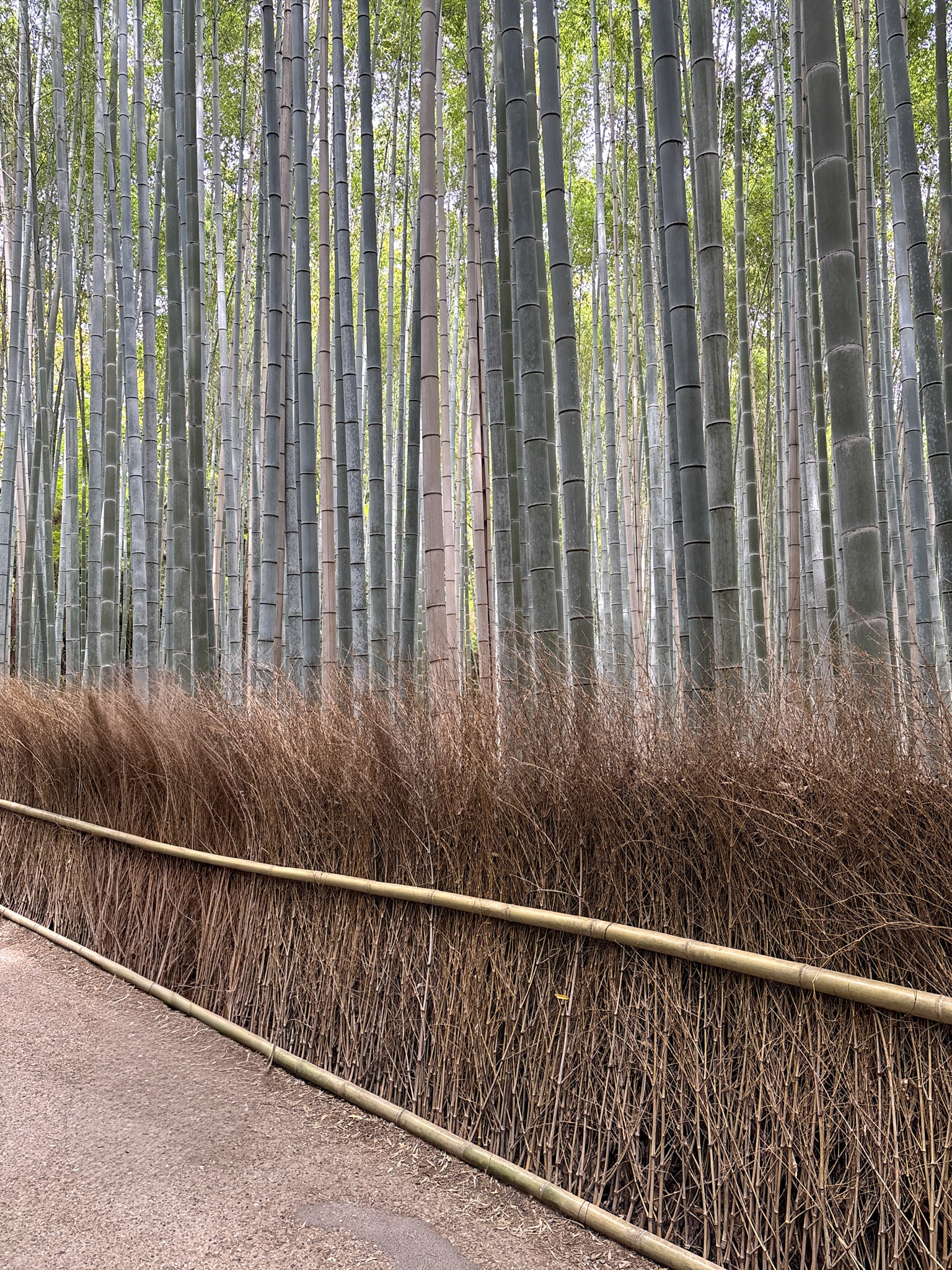
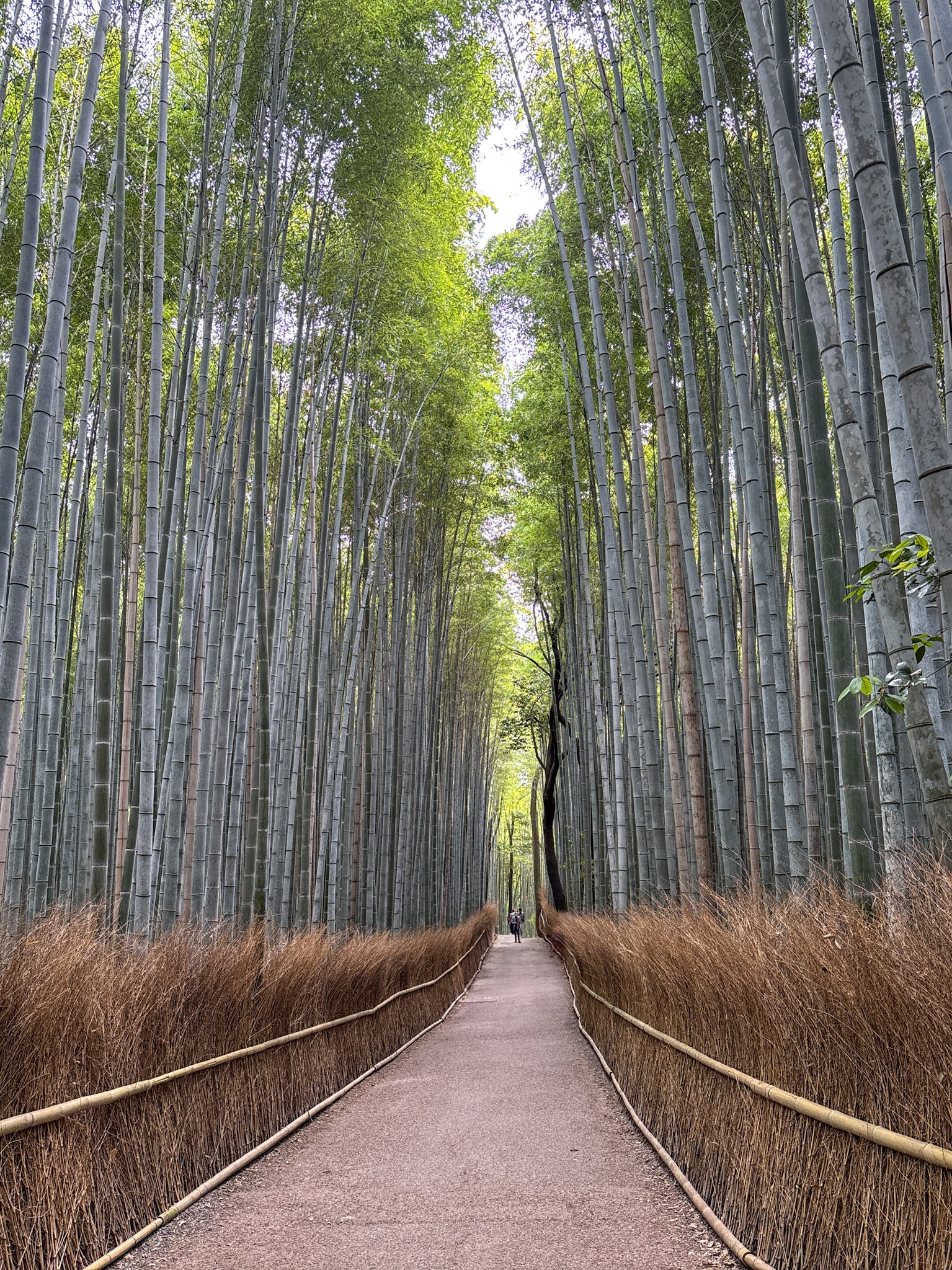
What to Do Around Arashiyama
The grove isn’t a destination on its own, but rather the centerpiece of a district that rewards wandering. Follow the path north and you’ll reach Nonomiya Shrine, dedicated to Shinto deities of marriage and childbirth. The smell of cedar hangs strongly in the air here, and it’s often empty except for a priest arranging the fortune papers that visitors tie to branches.
Keep climbing and the path opens at Okochi Sanso, the estate of Denjirō Ōkōchi, a film actor from Japan’s black-and-white era who spent his career pretending to be samurai, and his retirement building a garden good enough to live in. It worked. The view hits you immediately: rooftops, river, and the Kyoto basin framed by maples.
Farther out, Gio-ji sits in near-permanent shade, a single thatched hall floating in moss so dense it looks combed. There’s nothing to do but stand there for a few minutes and that’s the entire point. Then Adashino Nenbutsu-ji, higher up the same road, where the mood flips. The temple grounds are crowded with thousands of small stone figures, human forms reduced to outlines by wind and time. In late afternoon light they look less like graves than a gathering that never left. Just a little farther on, you’ll find Otagi Nenbutsu‑ji, tucked into the hillside of Arashiyama. Its gravel paths wind past 1,200 hand-carved stone figures (disciples of Buddha, rakan) each set in a different pose, some clearly serious, others oddly playful. The story goes that after decades of neglect, a sculptor-monk invited novices to carve the statues in the 1980s, so they often reflect personal quirks: a figure holding a racket, another with a mischievous grin.
Head back down toward the Togetsukyo Bridge and you’re back in motion: souvenir stalls, the smell of grilling sweet rice cakes, the sound of the Katsura River.
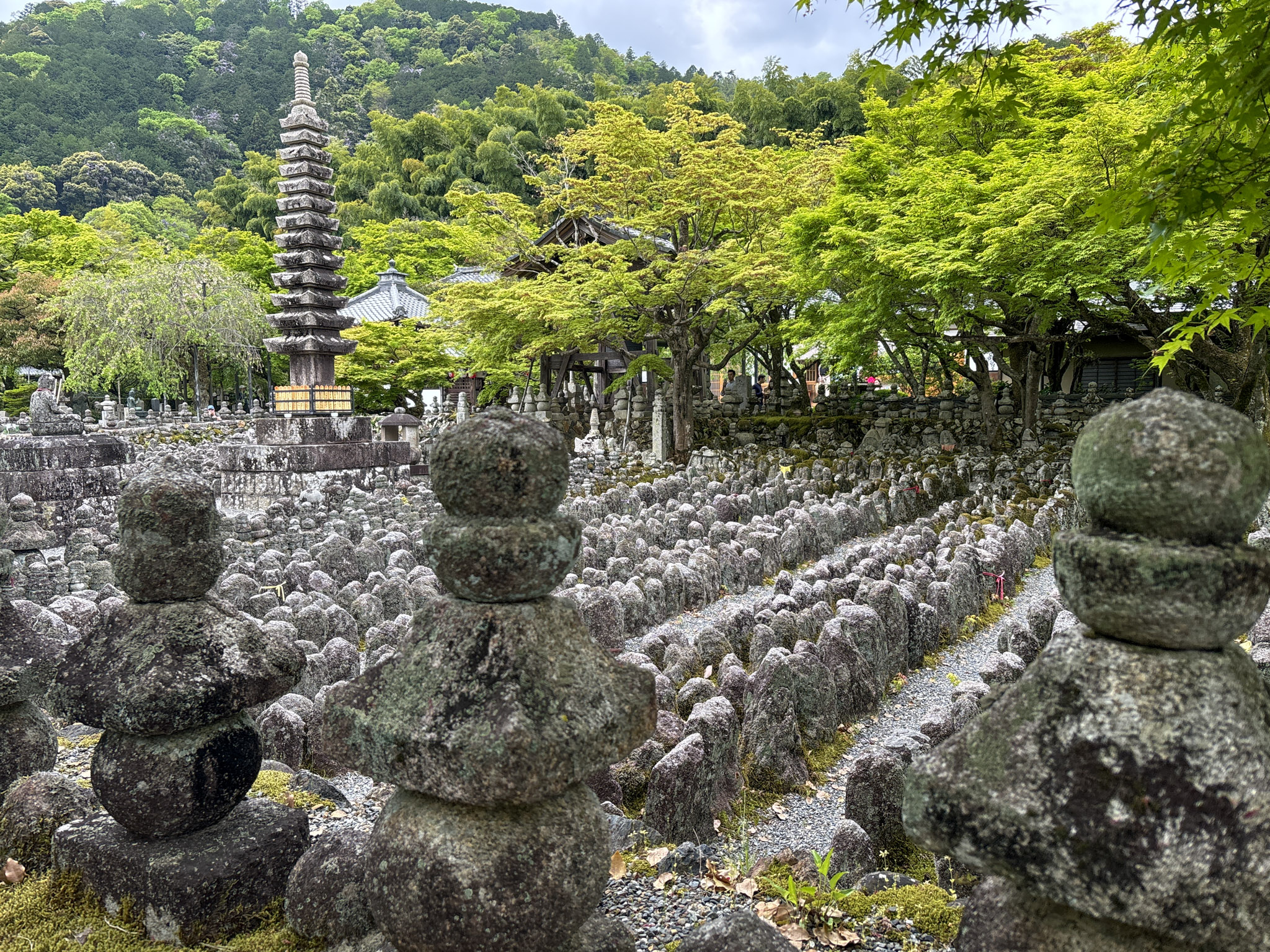
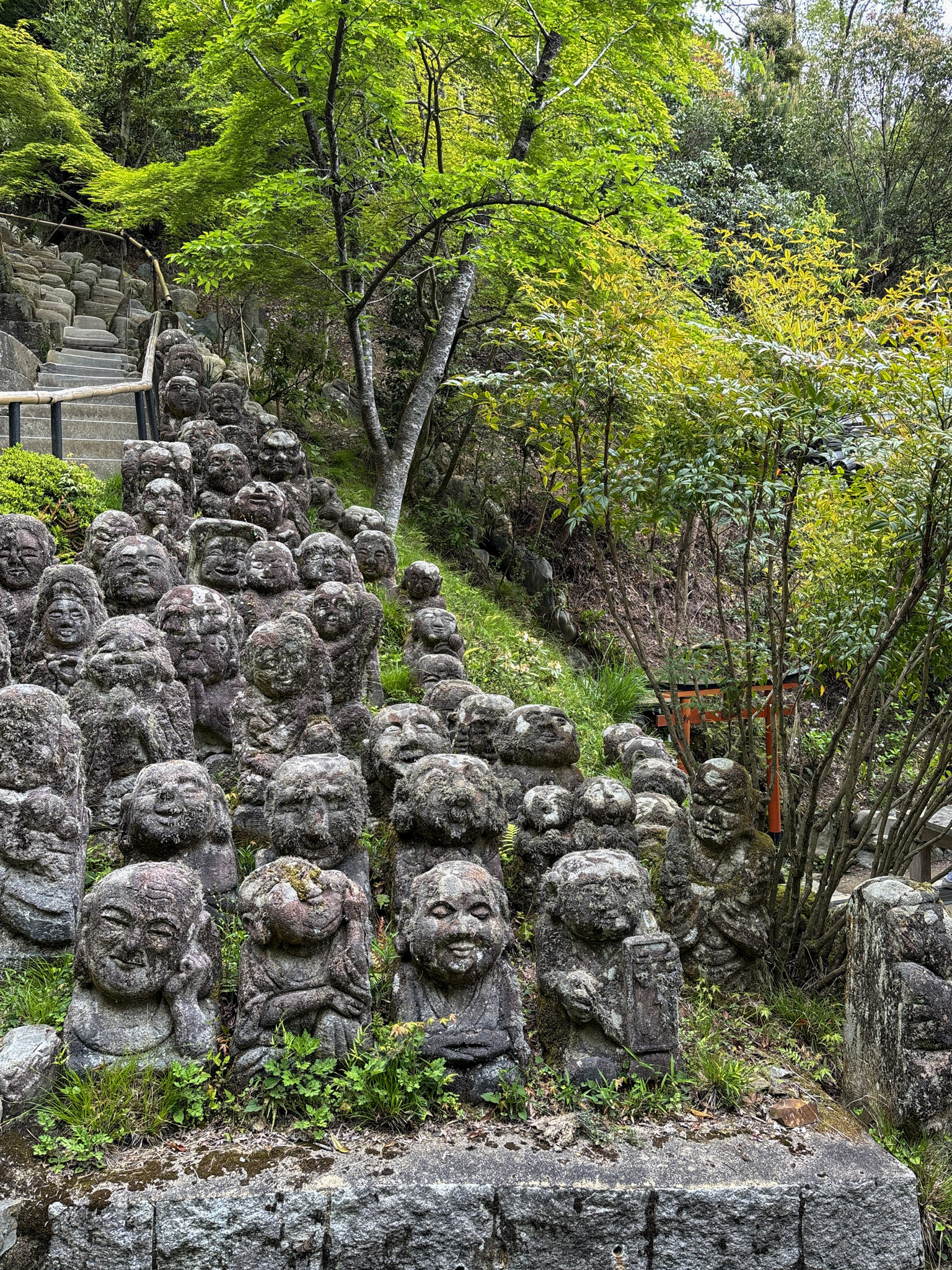
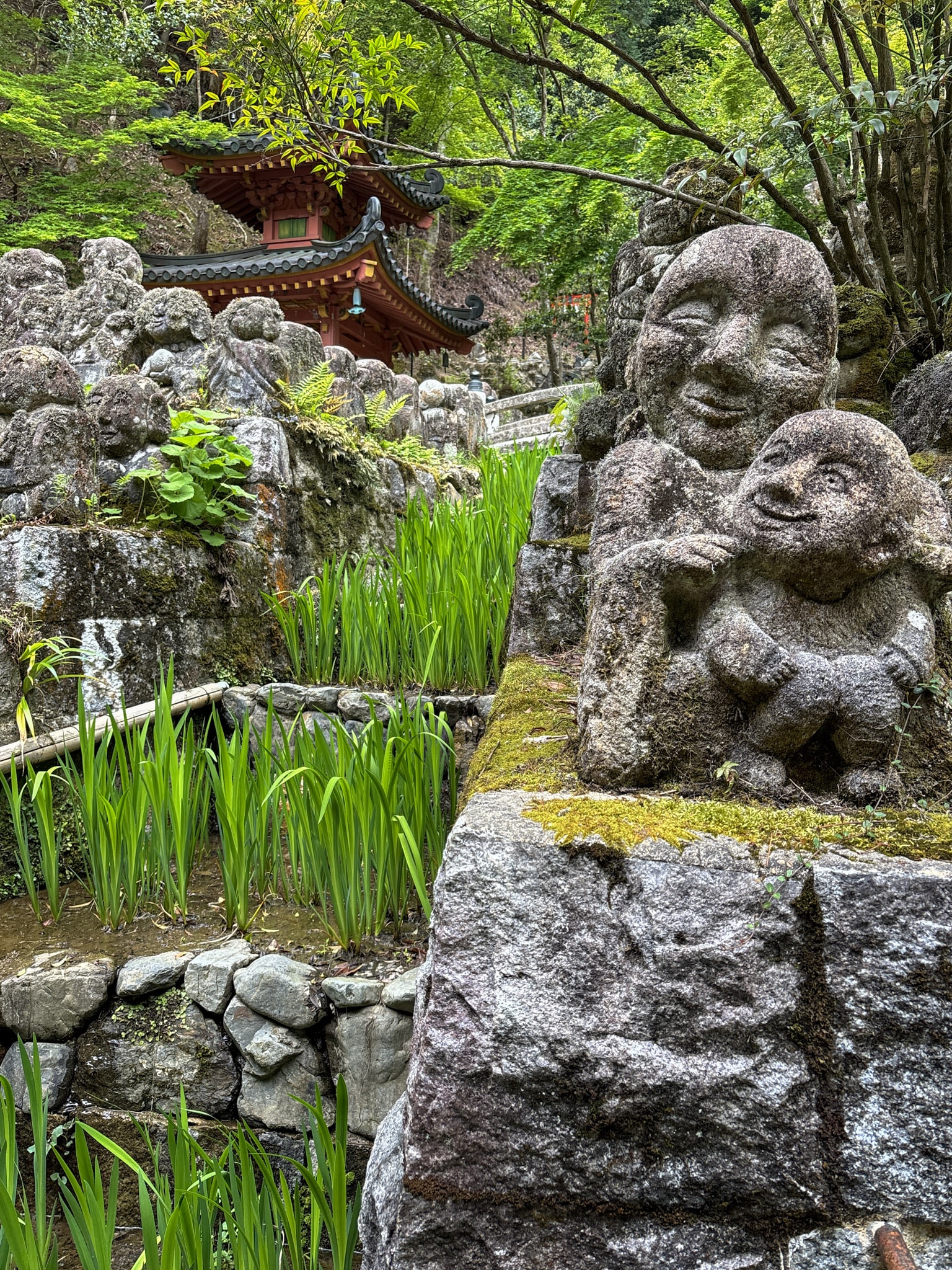
Other Bamboo Forests in Japan Worth Visiting
Arashiyama might be the one you’ve seen, but Japan’s bamboo grows almost everywhere once you start tracing the map. From Kyoto’s western hills to Tokyo’s commuter suburbs, these are the other groves worth knowing:
Kyoto Region
- Take-no-Michi Path (Muko City): Nearly two kilometers of public path cut through active bamboo stands. Locals walk it daily; few tourists make the detour. Free, flat, and open year-round. Reach it from Hankyu Higashi-Muko or JR Mukōmachi Station, twenty minutes from central Kyoto.
- Rakusai Bamboo Park (Kyoto West): Small museum and short trails in Kyoto’s bamboo heartland. Surrounded by working plantations and quiet residential streets. From Rakusaiguchi (Hankyu) or Katsuragawa (JR), take a five-minute bus ride.
- Jizō-in (Bamboo Temple): Southwest Kyoto, near Saihō-ji. A mossy courtyard and a dense stand of moso bamboo form one of the calmest corners of the city. Open daily, entry about ¥500.
- Kōdai-ji (Higashiyama): Compact but beautifully composed bamboo lane within temple grounds. Best at dusk when lanterns turn the green silver. Pair it with a visit to Maruyama Park or Kiyomizu-dera.
- Iwashimizu Hachimangū Shrine (Yawata City): South of Kyoto, surrounded by old bamboo groves once harvested for tools. Not a forest walk but a setting that explains bamboo’s place in Kyoto’s craft culture. Reach via Keihan Yawatashi Station and a short cable car or uphill walk.
- Adashino Nenbutsu-ji (Arashiyama outskirts): We’ve already mentioned this, it’s a small temple west of Gio-ji. What we didn’t specify, is that there’s a short bamboo path there, too.
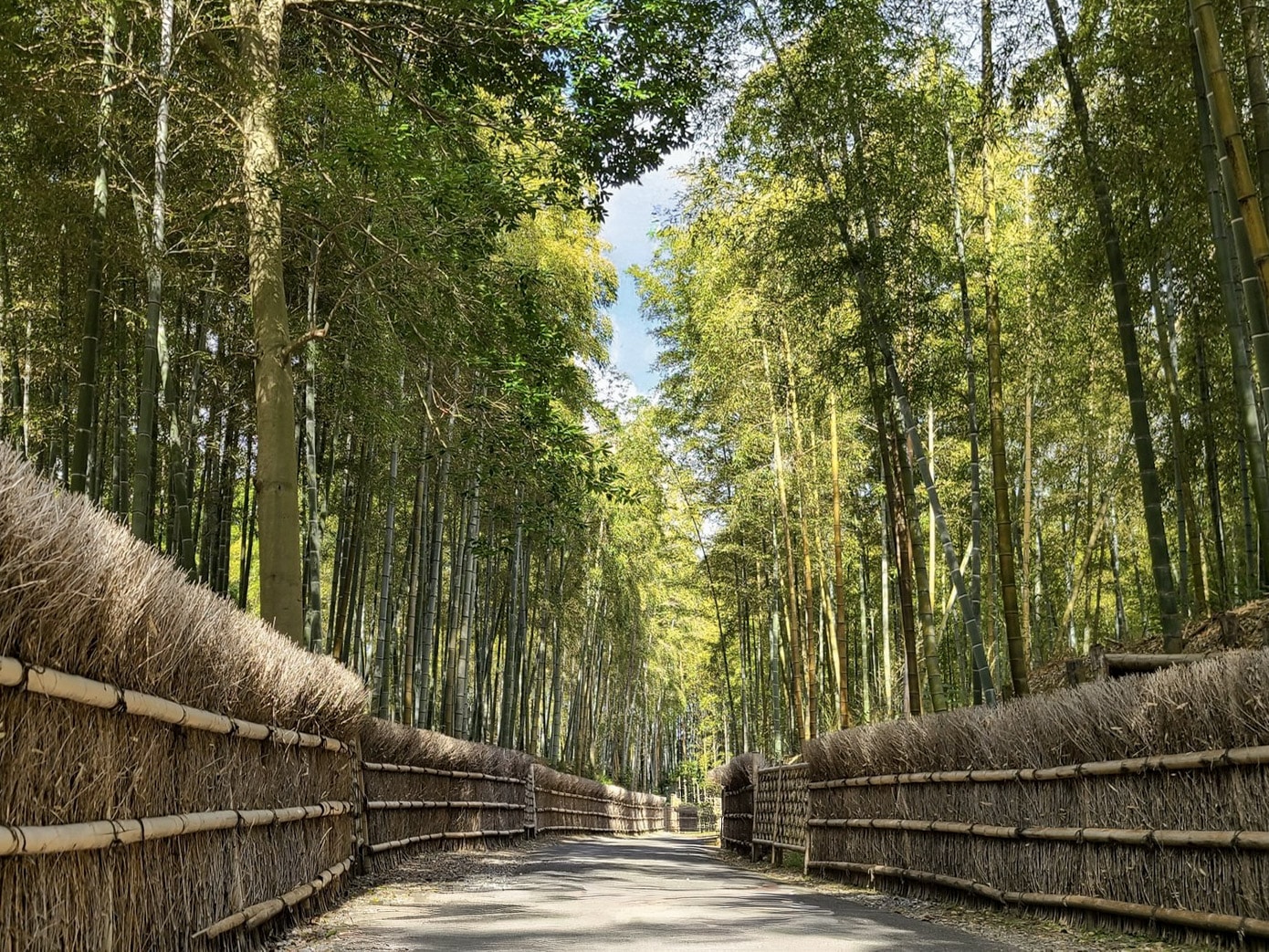
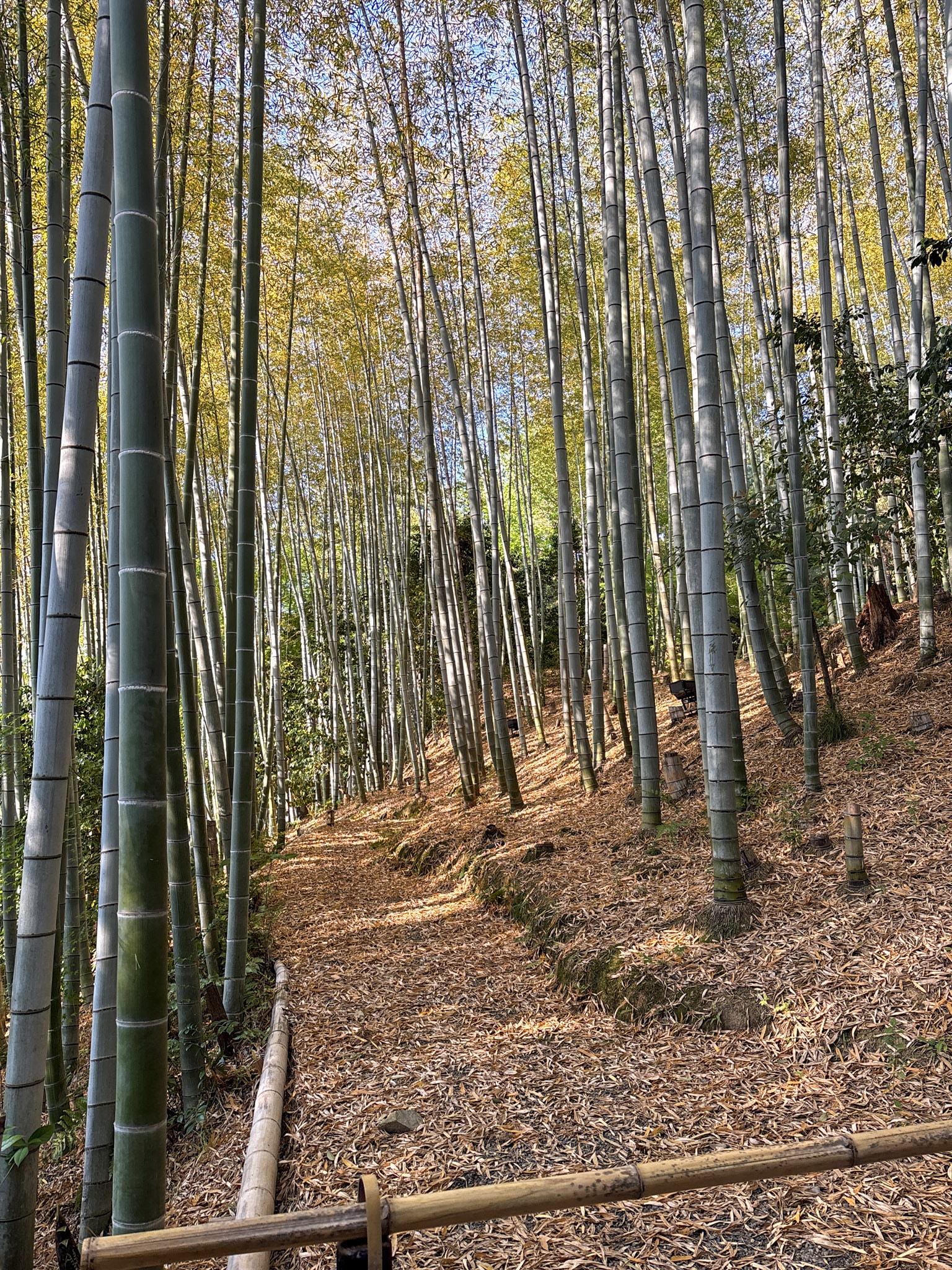
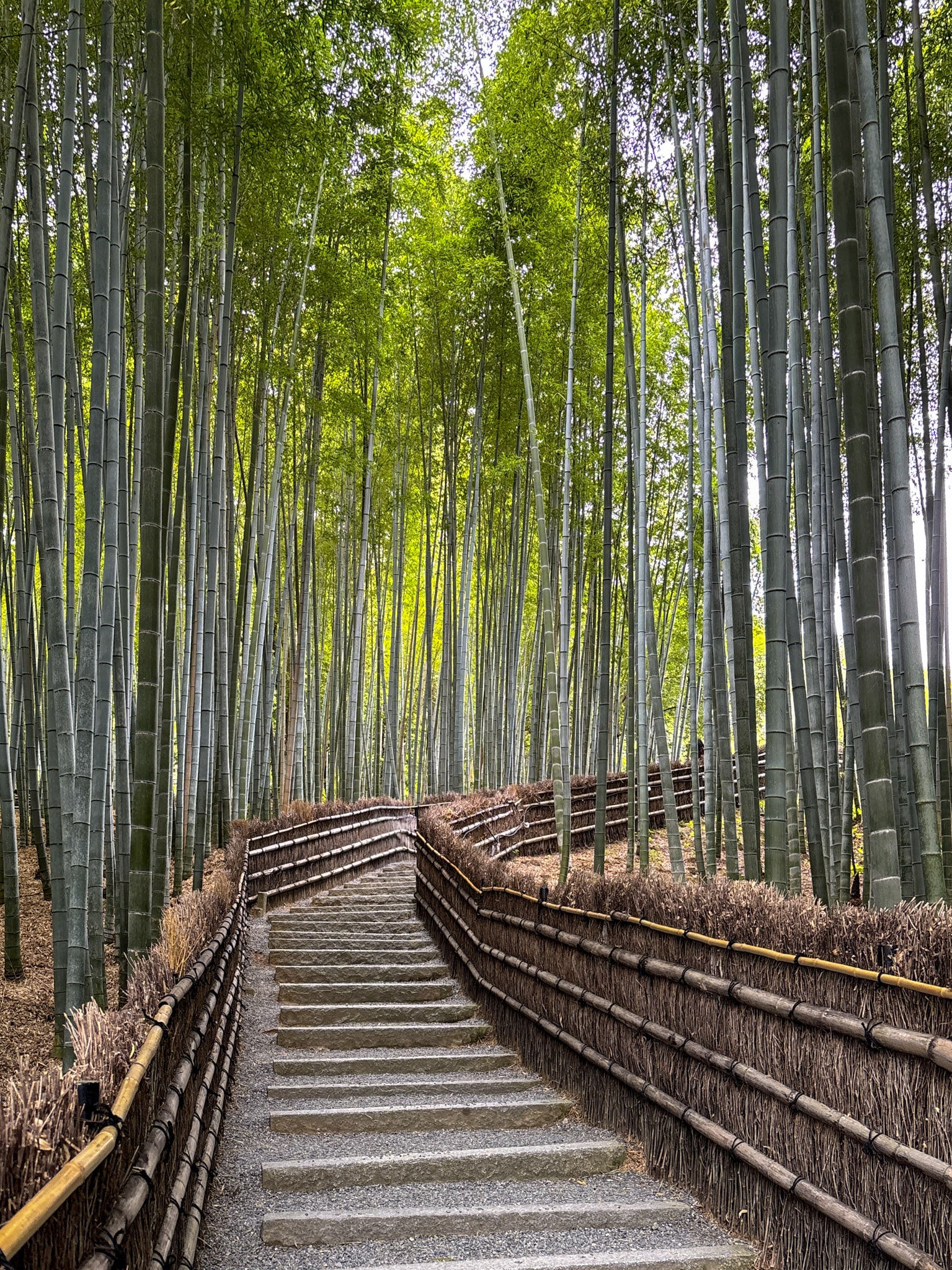
Kamakura & Izu Region
- Hokoku-ji (Kamakura): The famous “Bamboo Temple” with a tea house facing the grove. Dense, well-tended, and shaded all day. Entry ¥400; add ¥600 for matcha. Reach by bus from Kamakura Station to Jōmyō-ji.
- Eishō-ji (Kamakura): Small nunnery with a neat bamboo corner, good as a follow-up to Hokoku-ji. Calm, precise, rarely busy.
- Shuzenji Chikurin-no-Komichi (Izu, Shizuoka): Short cobbled lane along the Katsura River in a hot-spring town. Lanterns light up after dusk; best walked between baths. Access via Shuzenji Station → bus to Shuzenji Onsen.



Tokyo Area & Northern Kanto Region
- Higashikurume Chikurin Park (West Tokyo): Free pocket forest of moso bamboo around a small stream. Easy loop, 15 minutes end to end. Ten-minute walk from Higashi-Kurume Station (Seibu Ikebukuro Line).
- Tonogayato Garden (Kokubunji): Stroll garden two minutes from Kokubunji Station (JR Chuo Line). The bamboo section is small but perfectly framed against a valley-style pond garden.
- Suzume-no-Oyado Ryokuchi Park (Meguro): Edo-era farmhouse ringed by bamboo, quiet and rarely visited. Free entry; the house itself keeps limited hours. Fifteen-minute walk from Toritsu-Daigaku Station (Tokyu Toyoko Line).
- Wakayama Farm “Four Seasons Bamboo Forest” (Utsunomiya, Tochigi): A working 24-hectare plantation open to the public, with trails, night illuminations, and tea served in bamboo cups. Visit on weekends for craft demonstrations. From Utsunomiya Station, a short bus or taxi north.
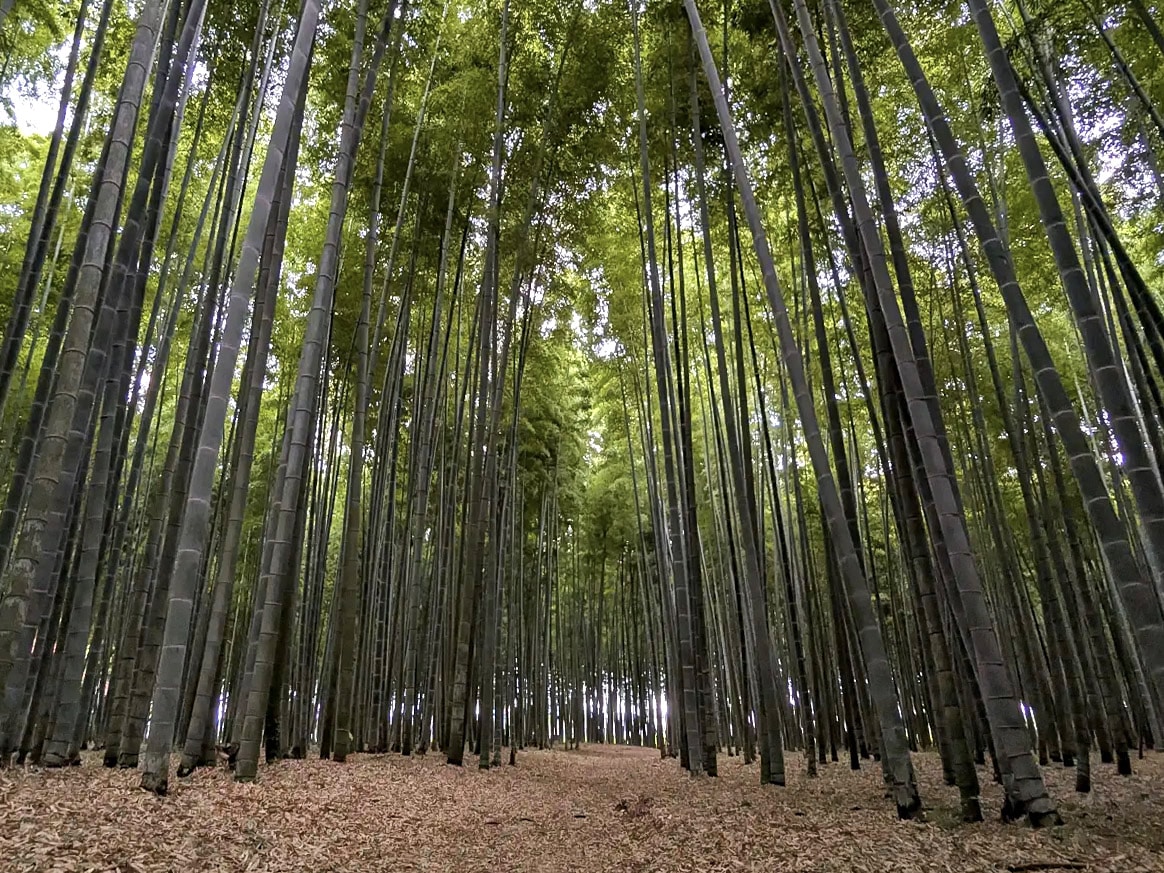
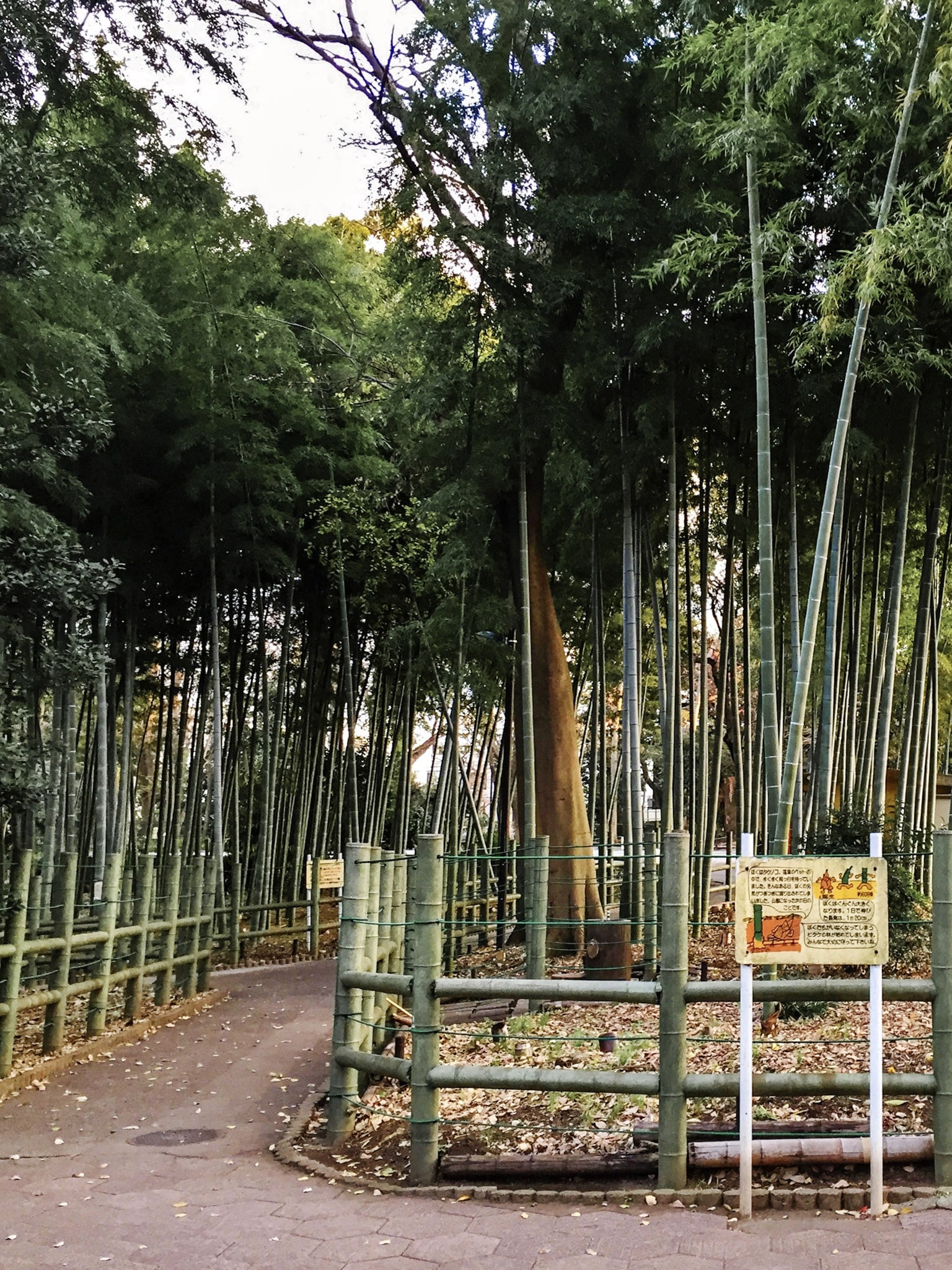

Keep reading:
Kamakura Day Trip From Tokyo: A Step-by-Step Walkthrough
Kamakura day trip from Tokyo, done right: bamboo forests, cliffside views, a coastal tram, and every stop tested on one relaxed, incredible loop.[dssb_sharing_buttons icon_placement="icon" icon_width="fixed" alignment="left" icon_color="#000000"...
Tokyo Subway: Your Essential Guide to Tokyo’s Public Transport
Tokyo’s train and subway map looks wild, but this guide breaks it down: tickets, IC cards, stations, exits, and how to tap your way through the city like a local.[dssb_sharing_buttons icon_placement="icon" icon_width="fixed" alignment="left" icon_color="#000000"...
13 Best Things to Do In Tokyo: First-Timer’s Guide
Tokyo isn’t just a city—it’s a world of its own. From secret bars tucked beneath train tracks to avant-garde art in unexpected places, the best things to do in Tokyo go far beyond the guidebooks. Ready to experience it like a local?[dssb_sharing_buttons...


